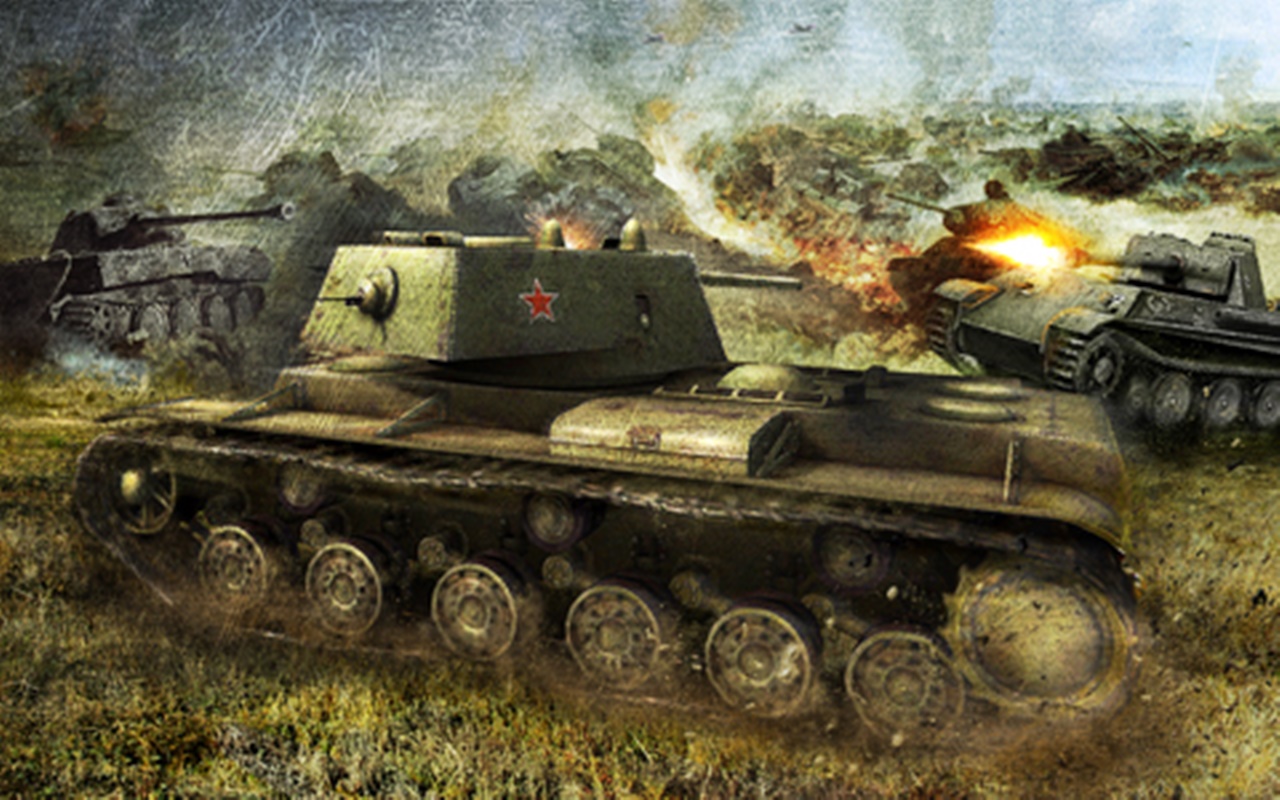
Hitler flew to see Field Marshal Erick von Manstein on the front line for three days on Feb.

A pincer movement directly to the north and south of Kursk would have pinched off the salient, and lead to the destruction of Marshal Rokossovsky’s Central army in its north and Marshal Vatutin’s Voronezh army to the south.

Unfortunately for the Germans, even the most cursory glance at the map made it completely obvious where they would therefore attack. By the spring of 1943 it was the center of a Russian-held protuberance, or “salient,” jutting 120 miles wide and 90 miles deep into the German lines. Kursk lies 315 miles south of Moscow and straddles the main Moscow-Rostov railway line. “The battle of Kursk was the Eastern Front’s transition point,” Showalter argues with a conviction supported by well-deployed evidence, “and its point of no return.” The veteran historian Dennis Showalter, whose many excellent books on the war form a remarkable canon of military history writing, makes a convincing case in this well-researched and well-written book that Kursk should be seen as the key turning point of the war, even more important than Stalingrad in its long-term implications.

Yet compared with the battles of Guadalcanal, Midway, D-Day, Arnhem, and the Bulge, the great clash at Kursk is very little known in the West and hailed only by aficionados, despite its dwarfing each of those other battles in size and indeed in importance.


 0 kommentar(er)
0 kommentar(er)
